Going Green
At Great Floors, we believe in offering environmentally responsible flooring products that allow homeowners to complete room remodels and refresh their spaces while taking care of the planet.
Green Home Benefits
By using green flooring materials, you are eliminating waste, preserving natural resources, and improve indoor air quality in the home. A green home can also see benefits such as more even temperatures inside and lower utility bills thanks to greater energy efficiency. Many natural materials are also some of the most durable, contributing to less maintenance and longer lasting performance.
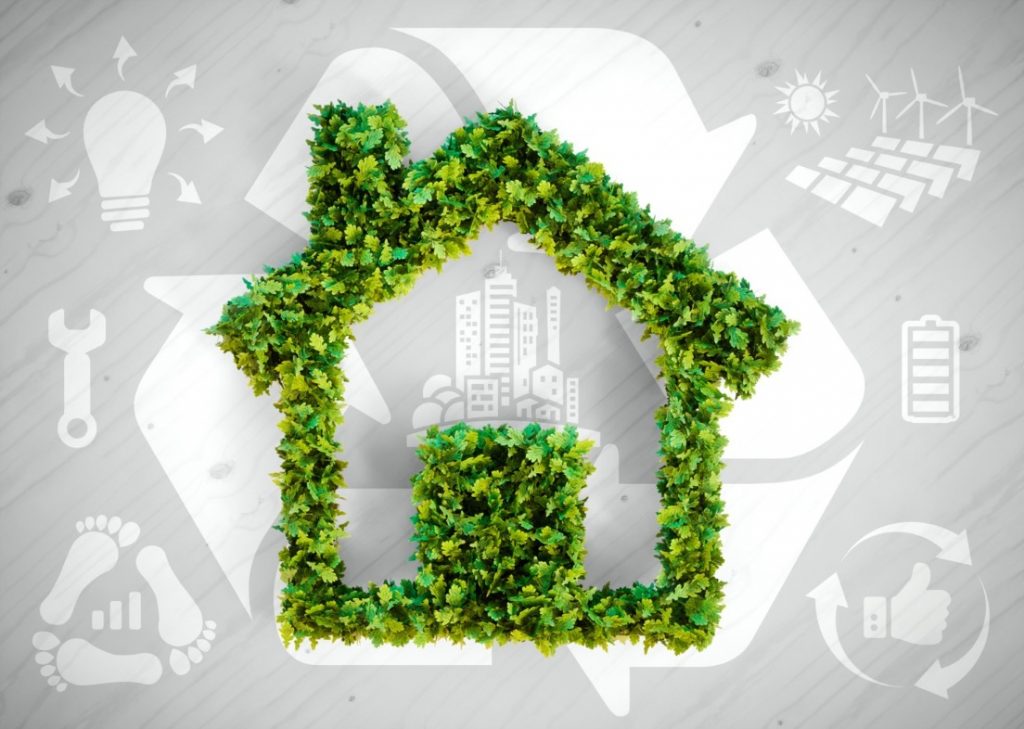
GREEN FLOORING
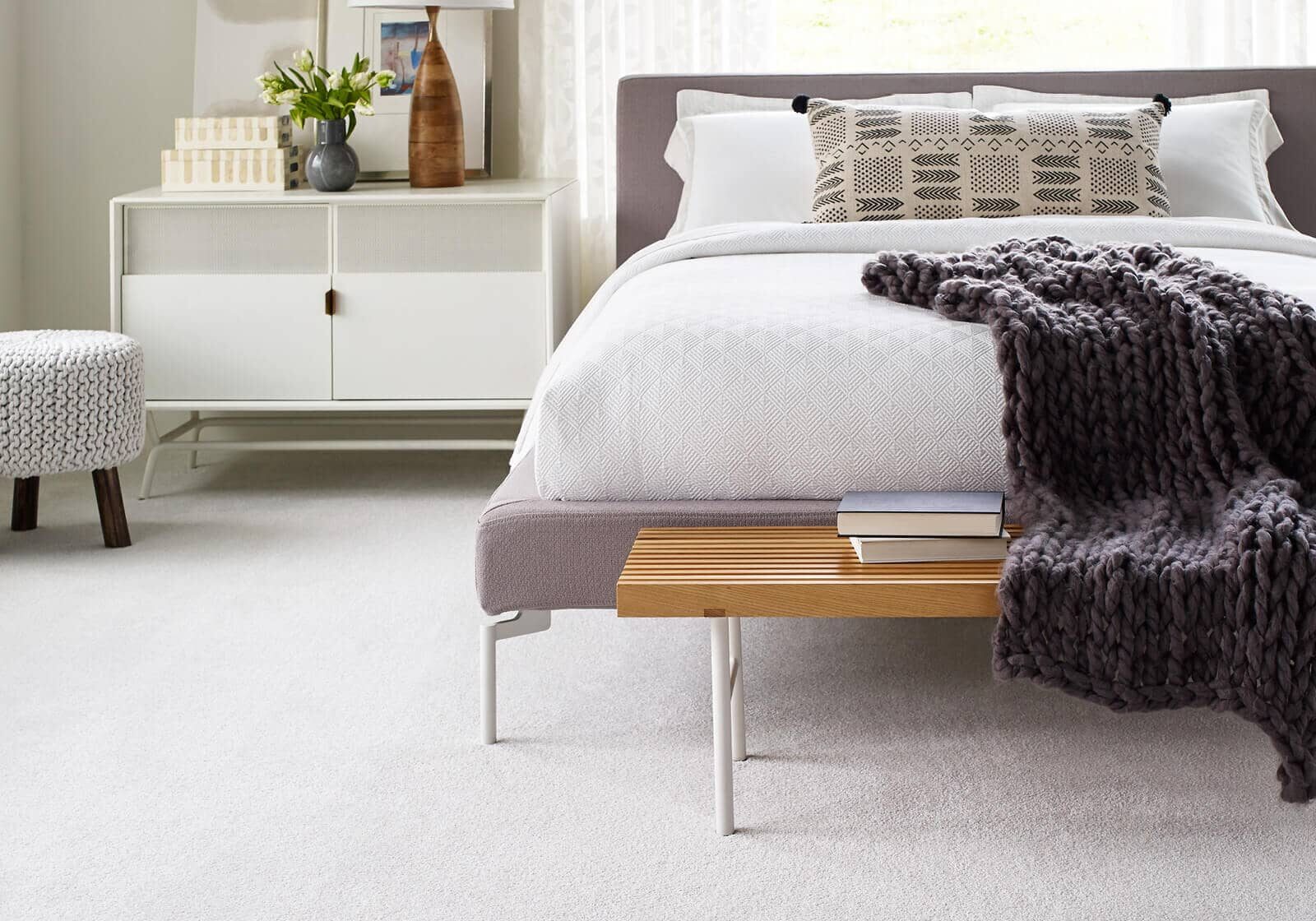
Carpet
As the carpet industry strives to reduce the impact of carpet products on the environment, we have seen a tremendous movement towards recyclability. Carpet fibers such as recycled polyester and sustainable Triexta present eco-friendly options that homeowners can feel good about bringing home. Also, once carpet needs to be pulled up from a room and replaced, it can be recycled into new carpet or into many other products including roof shingles, railroad ties, automotive parts, and more. We recommend using the Green Label and Green Label Plus product distinctions from the Carpet and Rug Institute as a guide when shopping for the lowest emitting carpet, adhesive, and carpet cushion products available.
Hard Surface Flooring
One of the most gorgeous natural resources, hardwood flooring presents a renewable, recyclable material that is suitable for a healthy home. Search for hardwood planks that are constructed with no added formaldehyde and feature non-toxic UV stains.
Luxury vinyl and laminate floors are not only a great fit for the activity of kids and pets, but they also offer greater moisture resistance for easy, effective clean-up. Explore products with attached underlayment that offers antimicrobial protection, as well as products that feature verified air quality certification.
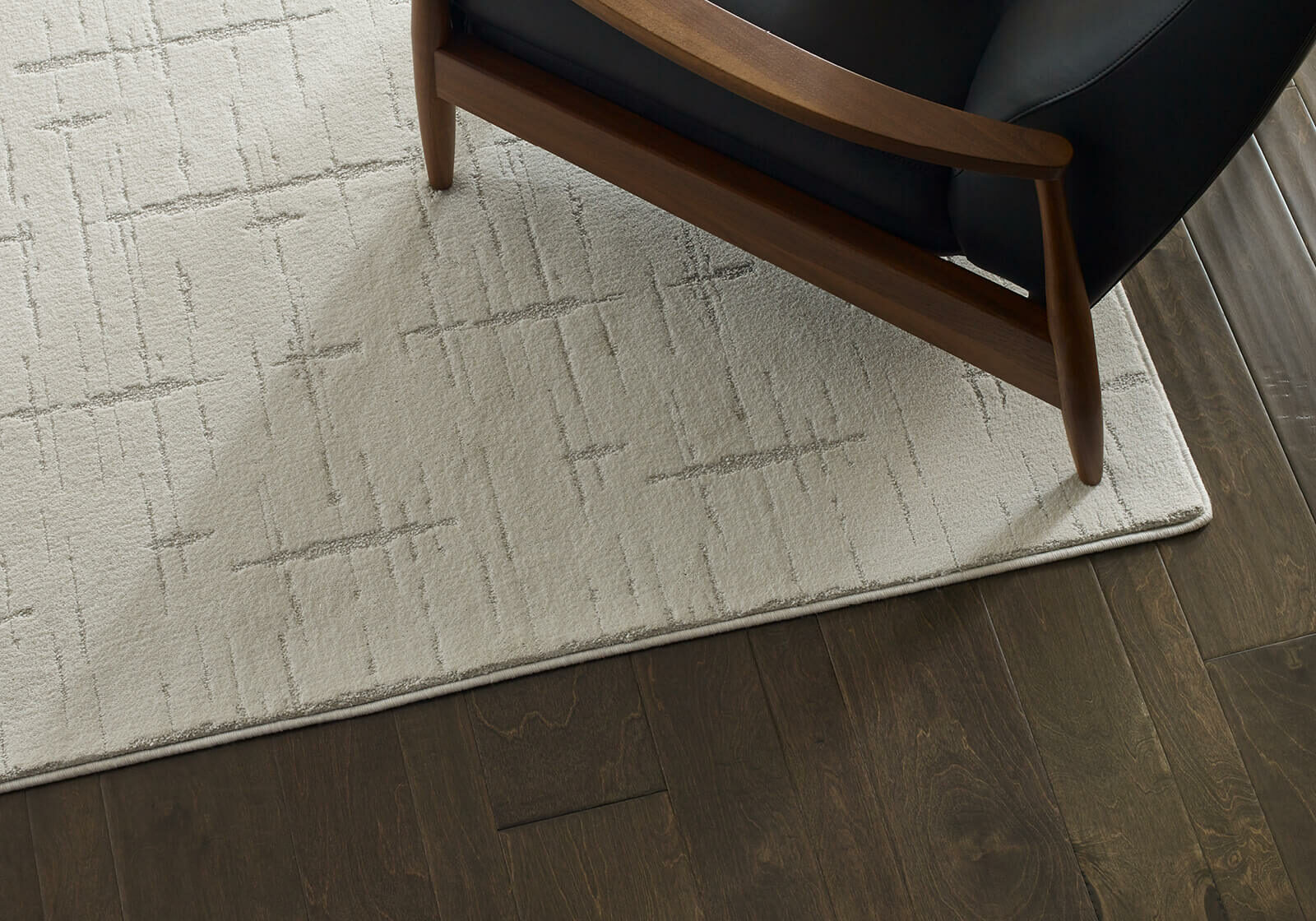
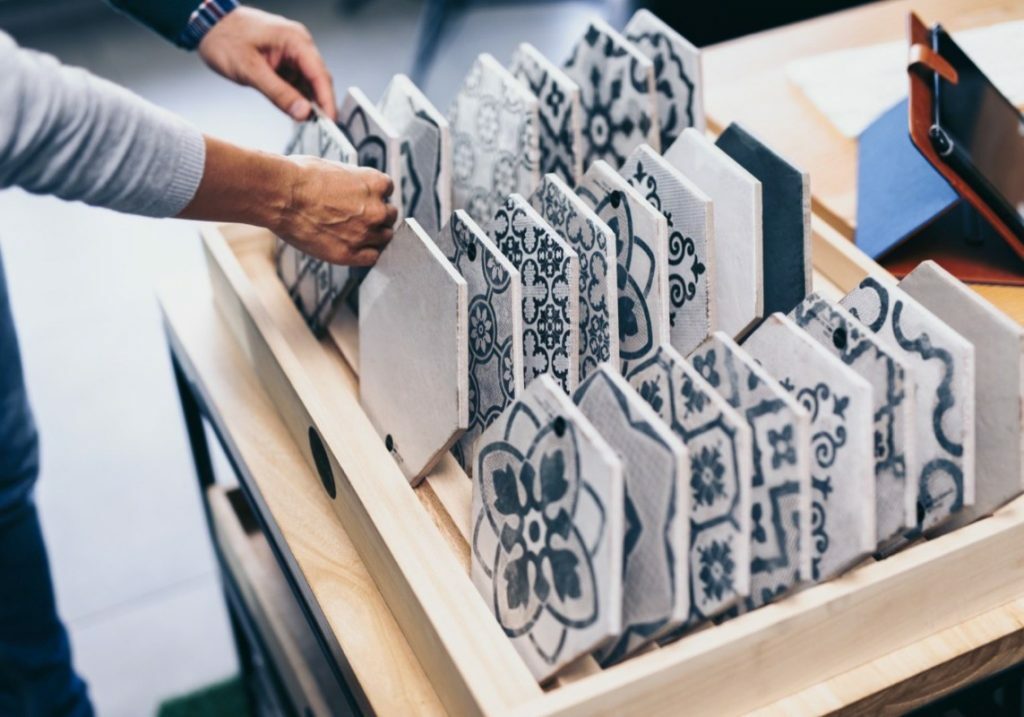
Natural Stone & Ceramic Tile
Natural stone and ceramic tile are some of the most impressive green flooring options since they rarely release emissions and are incredibly long-lasting. Also, different ceramic tile constructions can contain recycled content.
To create easy-to-clean rooms that are healthier for humans and pets, sealed tile and stone surfaces will resist moisture, mold, and germs. For these surfaces to be truly hypoallergenic, make sure to clean any grout lines as effectively as possible to eliminate all bacteria.
CREATING HEALTHIER HOMES
IMPROVING INDOOR AIR QUALITY
When it comes to taking care of the one you love, achieving excellent indoor air quality will help your family members who suffer from allergies and asthma, and prevent irritation of the eyes, nose, and throat, headaches, dizziness, and long-term illnesses. As you shop for carpet, use the Green Label program from the Carpet and Rug Institute (CRI) to identify products tested for low VOCs.
Look for eco-friendly hard surface planks that are third party verified for Carb Compliance to meet the most stringent emissions restrictions. Ideally, you want to bring home planks that contain no added formaldehyde and meet rigorous third-party indoor air quality standards for Green Guard Gold certification.
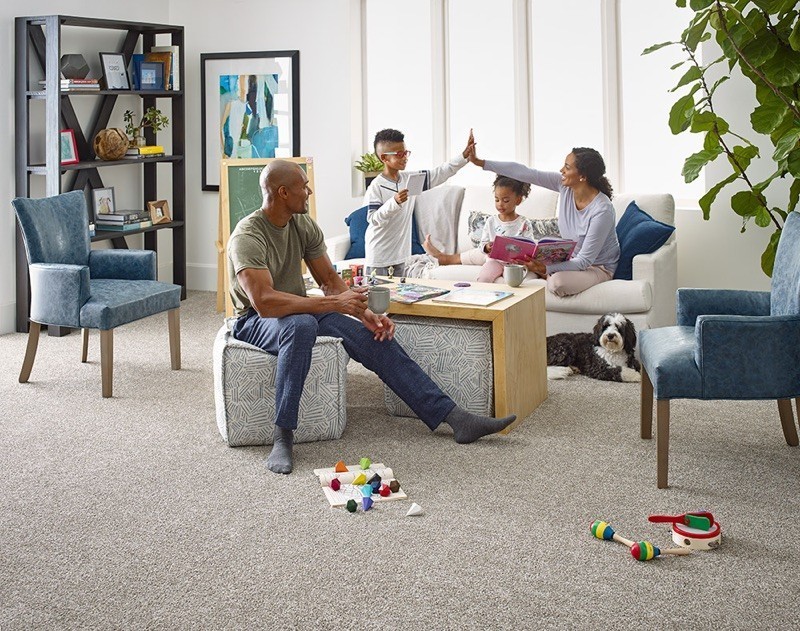
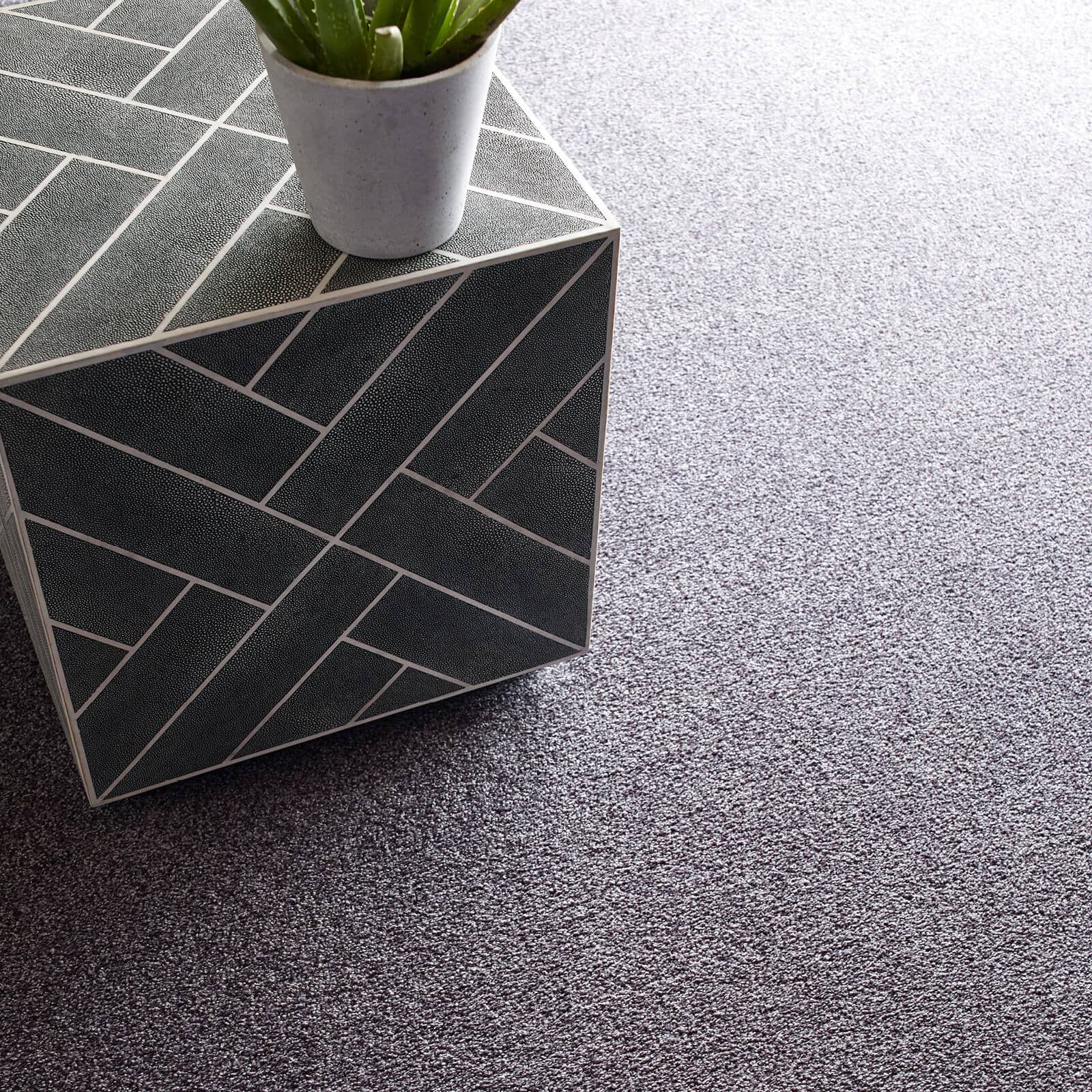
REMOVING INDOOR POLLUTANTS
By effectively removing pollutants and creating easy to clean spaces, you can achieve the healthiest indoor environment possible. Explore hard surface and resilient options that feature waterproof construction or proprietary topcoats that repel moisture, which will prohibit spills from absorbing and allowing bacteria to grow. Waterproof flooring options will allow you to mop and remove all pollutants from solid surfaces quickly and effectively.
Different carpet fibers with stain and spill technology will also help prevent the growth of harmful mold and mildew. Also, invest in a CRI-approved vacuum model that matches your specific carpet type and construction to remove allergens most effectively for healthier indoor environments.
Reducing Waste & Adhesives
Our flooring choices can go a long way in diverting material landfill waste! Explore flooring products that can be installed directly over the top of existing flooring and requires zero glue or staples. This means that the old flooring doesn’t have to be disposed of either. Hard surface and resilient products that feature attached backing not only eliminates installation-related purchases, but you also reduce the packaging waste that these products create.
Adhesives are also important to consider when purchasing flooring since they can contain toxins that damage indoor air quality by giving off harmful gasses. Products that offer glueless installation will be faster to complete and displace homes less since the adhesive doesn’t take time to cure, while eliminating odors or VOCs.
Ready to get your project started?
Fill out the form below and we'll reach out to you shortly.
"*" indicates required fields

